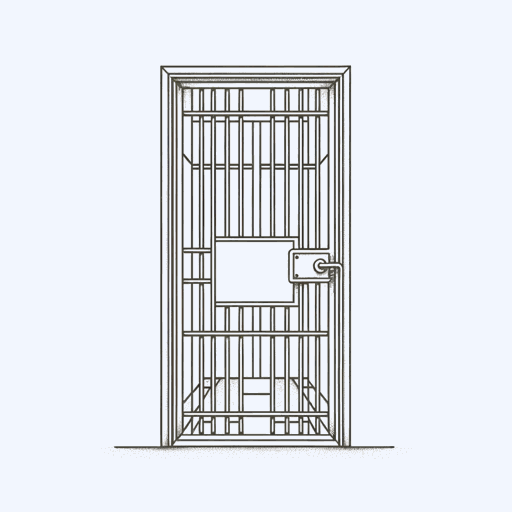64 pages • 2 hours read
Philip G. ZimbardoThe Lucifer Effect: Understanding How Good People Turn Evil
Nonfiction | Book | Adult | Published in 2007A modern alternative to SparkNotes and CliffsNotes, SuperSummary offers high-quality Study Guides with detailed chapter summaries and analysis of major themes, characters, and more.
Summary and Study Guide
Overview
The Lucifer Effect: Understanding How Good People Turn Evil, published in 2007, is a nonfiction book written by Philip Zimbardo, an American psychologist and a professor emeritus at Stanford University. He rose to prominence for his Stanford Prison Experiment and is founder and president of the Heroic Imagination Project.
In The Lucifer Effect, Zimbardo argues that humans are neither good nor evil. Instead, systemic and situational forces shape individuals’ actions, and every individual has the capacity for good and evil: “Good people can be induced, seduced, and initiated into behaving in evil ways” (211). The Lucifer Effect specifically responds to Zimbardo’s findings in the Stanford Prison Experiment (SPE), his observations of the torture and abuse that occurred at Iraq’s Abu Ghraib prison, and extrapolations from various historical and global atrocities.
To begin, Zimbardo first provides a broad background for his thesis, referencing several real-world examples of situational forces that have transformed ordinary humans into evildoers, influencing them to commit atrocities. He then spends eight chapters recounting his Stanford Prison Experiment. The detailed explanation of this scientific study provides clear and digestible examples of the concepts on which he will later expand: deindividuation, dehumanization, anonymity, the evil of inaction, situational forces, and systemic forces.
After recounting the study, Zimbardo dissects the study and analyzes the results, detailing his psychological conclusions, ethical ramifications, and the study’s subsequent. He explains several other major studies on the impact of situational forces on individuals, including Milgram’s famous shock experiment, the works of Muzafer Sherif and Solomon Asch, and other ground-breaking research on the subject. Zimbardo also references several real-world examples of the concepts to illustrate the applicability of the theories.
Zimbardo next recounts his work as a forensic psychological witness in the trial of Staff Sergeant Ivan “Chip” Frederick II, a Military Police Officer in charge of the infamous Tier 1A of Abu Ghraib Military Prison in Iraq, where US Soldiers were exposed abusing prisoners in conditions like his Stanford Prison Experiment. Zimbardo summarizes the abuses that occurred in Abu Ghraib prison and argues that situational and systemic factors are to blame for Sergeant Frederick’s actions. He proceeds to put the US Military, the CIA, and high-ranking members of the US government, including President Bush and Vice President Dick Cheney on trial for their actions as architects of the system in which the Abu Ghraib abuses and many other abuses by the US military occurred.
Zimbardo concludes The Lucifer Effect by applying the same situational and systemic analysis to benevolence, arguing that, just as situations can transform ordinary persons into evildoers, they can also transform them into heroes. He makes a case for heroism and introduces ideas for systems that create heroes more frequently than villains.

